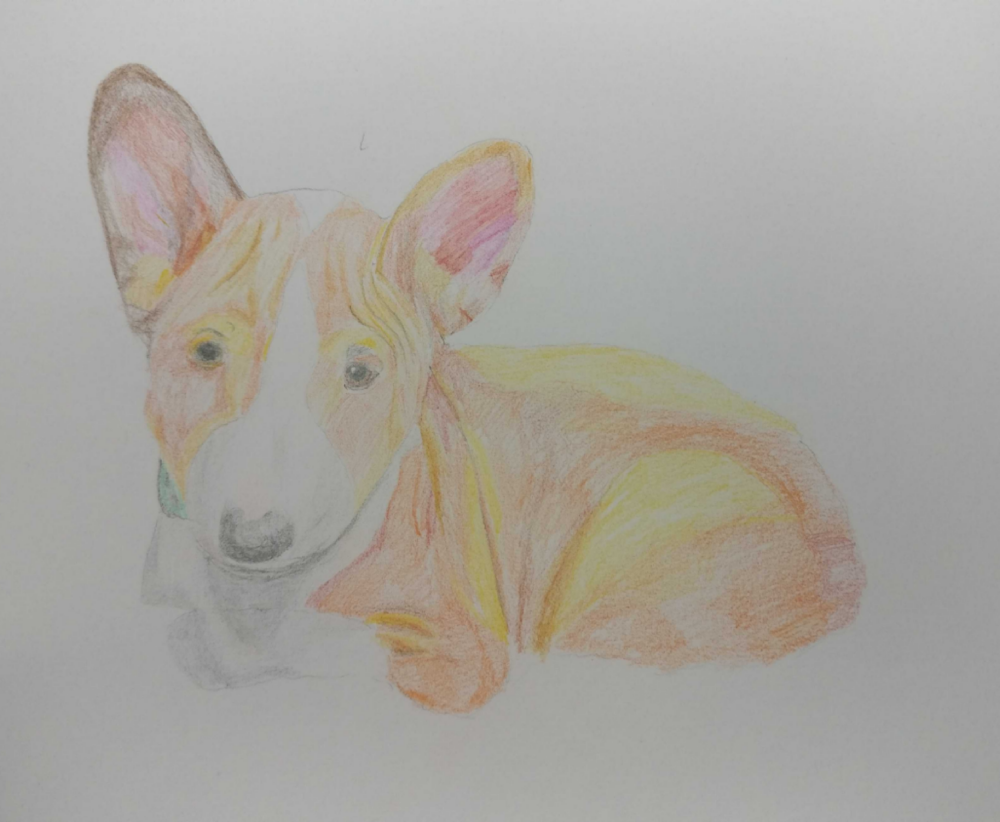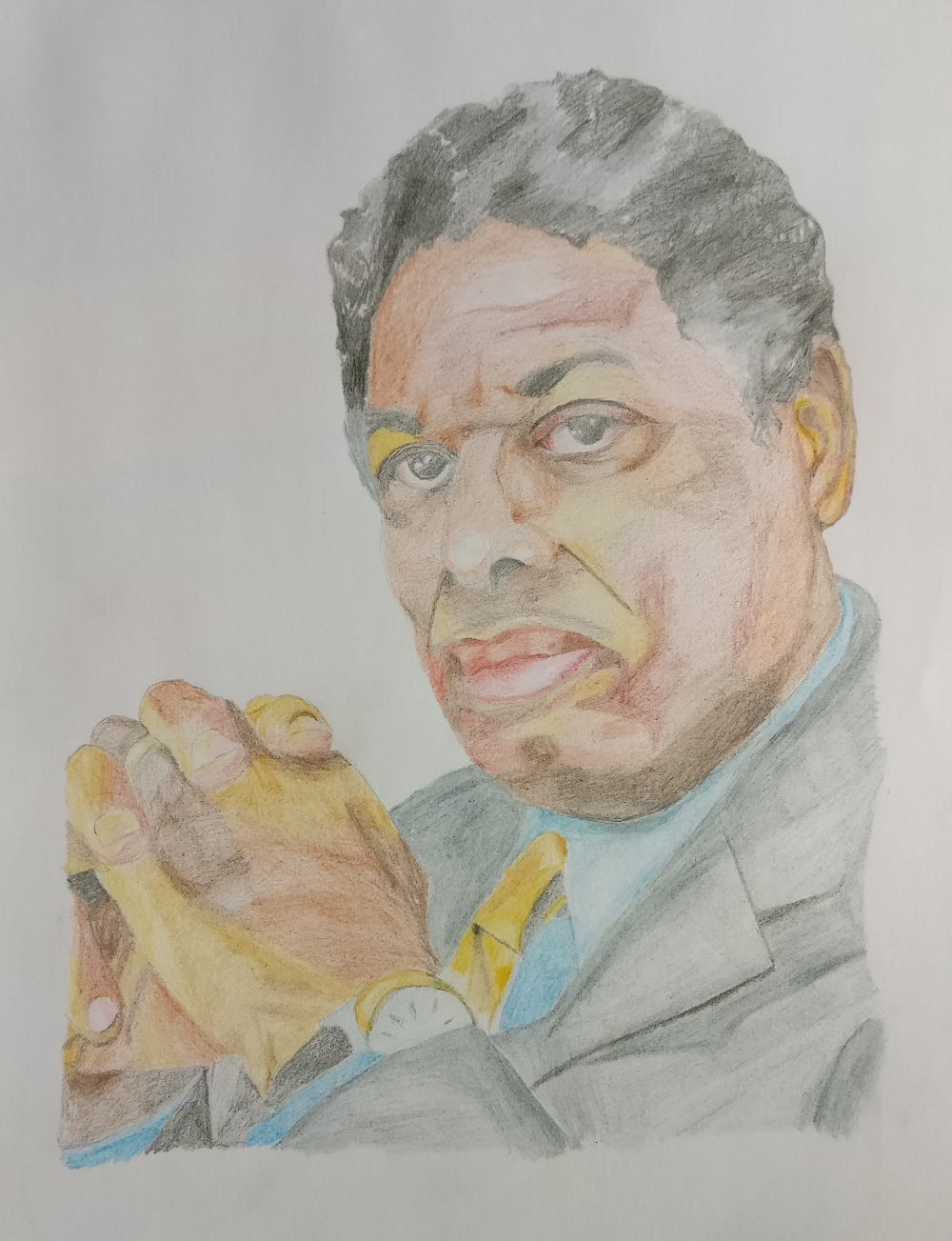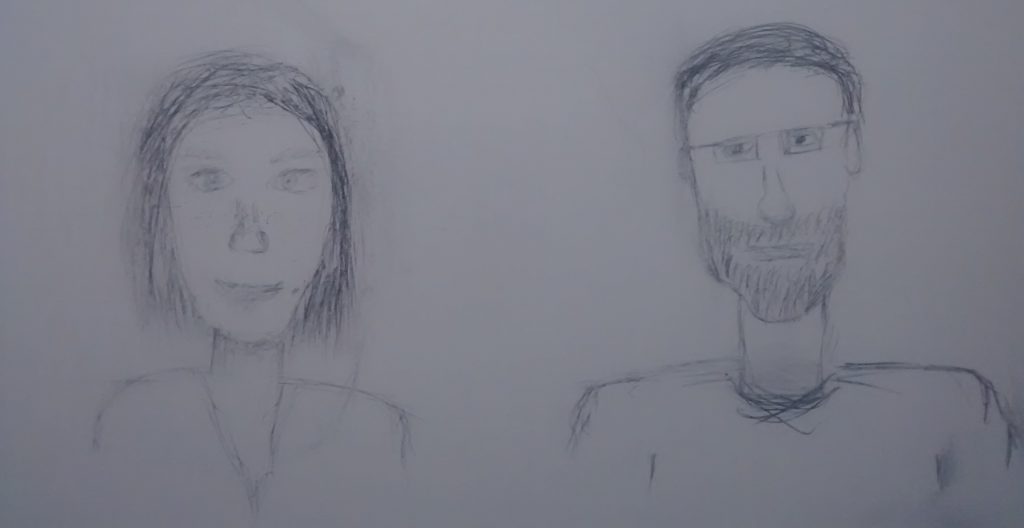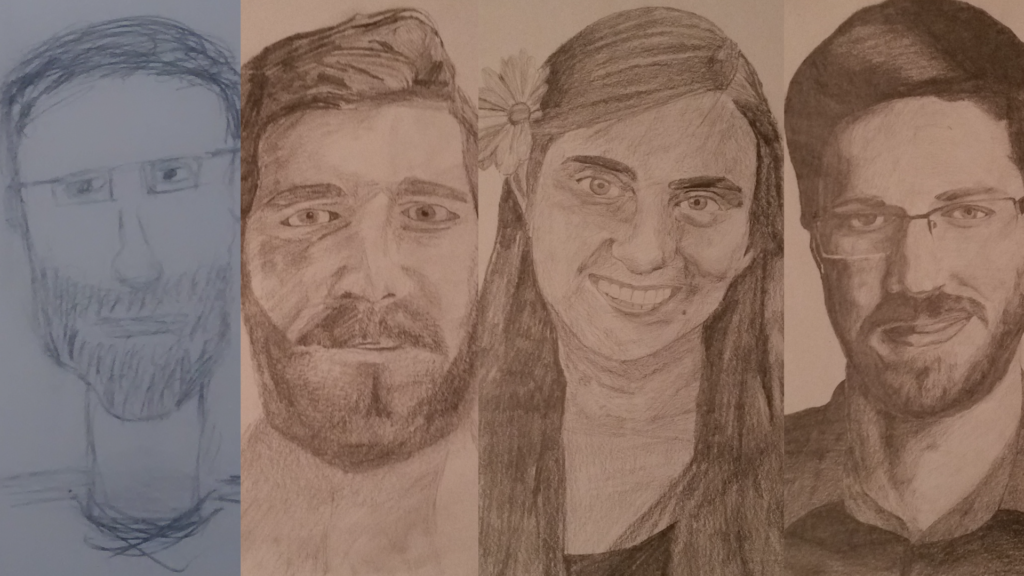The basics will take you far. It doesn’t matter what you’re trying to learn. Philosophy, economics, tennis, knitting, brain surgery – it doesn’t matter. Study the basics, the fundamentals, and you’ll become advanced in no time.
The difficult part is discovering the basics and applying them to whatever you’re doing. If you can discover and consistently apply basic principles, you’ll be more advanced than 90% of people trying to learn that subject or skill.
Over the past twenty years, I’ve learned many things. I’ve become advanced in several academic fields in addition to several non-academic. I’ve composed works for the piano, received black belts in two styles of the martial arts, and become an advanced chess player, in addition to my academic studies. This isn’t because I’m smart or magical. It’s because I’ve discovered a superior technique for learning.
If you know how to learn, you can learn anything in a short period of time. Let me give you a recent example from my own life.
I have always been an awful drawer. I love charcoal and pencil drawings, but I’ve been completely incompetent at it my whole life. If I thought about learning and knowledge like most people, I would have concluded years ago that “I just don’t have the gift! I am simply not a visual artist,” and given up any hope of learning.
This is an incorrect way of thinking. My incompetence with a pencil isn’t because of who I am or some lack inherent talent. It’s simply because I’d never discovered the basics.
Good drawing = good drawing technique. I never learned the technique, so it’s not surprising that I didn’t do it well.
Fortunately for me, I have a sister-in-law who is an art teacher. Last November, as we were celebrating Thanksgiving together, I asked her if she’d teach me a few basic things about drawing. She agreed.
If my theory about learning is correct, my incompetence should be correctable – as long as I can accurately sniff out the basics. These are my results.
Baseline
Alright, so just how sad was my drawing skill before? Well, here’s my sincerest attempt to draw my wife and me.
This qualified as “good” for me. Not exactly a Rembrandt. As I’ll mention later, self-honesty is absolutely crucial to learning. This drawing sucks. It’s true. It’s because I didn’t know a damn thing about drawing, and I’m not going to pretend otherwise.
If you pretend to know what you’re doing when you don’t actually know – which is what most people do all the time – it prevents you from ever discovering the basics. You’re forced to act like you already know what the fundamentals are. Nobody wants to get caught pretending to understand something while not even grasping the fundamentals.
So, here’s the first question I asked my sister-in-law at Thanksgiving:
“How do you hold a pencil?”
Serious question. We’re starting at ground floor. If I’m not even holding the pencil the right way, I’m doomed from the start. And go figure – I was holding it the wrong way.
Most people don’t even bother to ask these kinds of elementary questions. They feel embarrassed – like they should already know the answer. Because of this, they most likely get the fundamentals wrong, which foils their attempts at gaining more knowledge or seriously improving their skills. There are innumerable parallels in the world of ideas.
You want to know about economics? Tell me: what is money? How does exchange work? What do banks do?
You want to learn about mathematics? Tell me: what is a number? What is a circle? Why does 2 + 2 = 4? How do you know?
If you don’t sort these things out, you’re most likely going to be holding the pencil wrong.
Baby Steps
After the most basic questions about pencils, we moved on to some exercises. The first was trying to draw a gradient shadow on a simple object like a t-shirt. I wish I’d taken pictures of my work because it was even more awful than my self-portrait. I literally couldn’t draw within the lines, and I even struggled to make a symmetrical outline of a t-shirt.
In fact, we all got a good laugh at my incompetent failures. I was holding the pencil wrong and couldn’t even draw within the lines – no better than a child! If I were embarrassed about being bad, I would have immediately shut down and stopped. But because I’ve been here before, and because I understand the process of learning, my laughable failures lasted less than an hour.
I practiced the basic shading techniques until I could make a reasonable gradient of dark-to-light. Then I practiced on a sphere. Bad at first. Better after a little practice.
After the exercises, we tried drawing a face from a picture. Instead of haphazardly trying to draw one, as I had done before, she explained the proper method. It’s essentially two steps:
1) Trace the outline of the face onto a piece of paper.
2) Start with the darker areas and shade/fade into the lighter ones.
Very simple and straightforward. Once you’ve got the outlines, it’s just about making gradient shades on the paper – an application of the basic technique I’d learned a few minutes ago. This time, I was supposed to notice where the darker areas were on the picture and where they blend into lighter areas. If I could draw that, the rest of the picture would take care of itself. This was my first attempt:
Not incredible, but I was already pleased. It’s not fine art, but it’s a million times better than my previous attempt. I assumed it would take many more hours of practice just to reach this level. Instead, it took me less than two hours from beginning to end. Plus, I’d become aware of many errors I’d made when drawing this face, which meant my next attempt would look even better.
So I refined my technique on portrait #2:
Now we’re getting somewhere. From my perspective, I was pretty damn impressed. Only a few more hours of drawing, and I’d reached a level that exceeds the majority of people who ever try.
Again, this isn’t because I’m smart, nor because I’m an artist. It’s because I know how to learn and have embraced my own radical incompetence. I know where to look for basic concepts. I know how to use the beginner’s mind. I hadn’t developed any bad habits, so it’s rather easy to build up my skill from scratch.
Here is my third, most recent attempt. Again, I learned from the mistakes of the previous drawing. This is a self-portrait (also the picture on the About Me section of this website):
If you showed me this drawing before Thanksgiving, I would have guessed it would take somebody years of practice to reach this level. I would have been wrong. With about ten hours of drawing experience in total, I’ve gone from being unable to stay within the lines, to being able to do this portrait without difficulty. That’s the power of the basics.
Were I deliberate in practicing the basics, I have no doubt that I could reach professional-level within a year. It’s a long ways from where I am now, but given the rapid progression that comes from knowing how to learn, it’s completely feasible. I’m learning other things right now, but perhaps someday I’ll spend enough time to really master the art.
Here’s my progression in four tries:
— Update —
I decided to try drawing with colored pencils. I didn’t know how colors would change things, but I just applied the same principles from before. I’ve done two colored pencil drawings and am pleased with the results.
The first is of my dog Goose:

The discreteness of the colored pencils threw me for a loop. I don’t have a good technique yet for blending colors into each other, but I also don’t mind how chunky it looks. It’s kind of artistic!
While drawing the ears, I was convinced they would look ridiculous. I was adding so many colors that didn’t seem to make sense. However, after finishing, all those colors worked well together, and the ears are my favorite part.
For my next drawing, I decided to put more effort into accurate tracing. This is a portrait of Thomas Sowell:

Now we’re talking. The coloring isn’t realistic, but I don’t mind since it looks good.
To be honest, I’m completely surprised by how quickly the drawings are improving. I don’t have much knowledge about the art industry, but I would suspect somebody would pay for a portrait of this quality – which is absurd to think about, given my complete lack of experience.
Abstract, not Concrete
This post isn’t about drawing. It’s about learning, and it’s especially about the world of ideas. I claim that most professional intellectuals do not understand the basics of their subject matter, and it’s because they lack a clear feedback mechanism. Unlike the artist, who can simply look at his drawing to see if it’s good – or the engineer, who can observe to see if his structures fall down – the professional intellectual merely produces a bunch of words on paper. It’s difficult for him to see if he grasps the fundamentals.
I’ve written about this phenomenon in detail in “How Brazilian Jujitsu Explains the Popularity of Bad Ideas in Academia”.
I claim that if you learn the basics of economics, you can understand more than 90% of professional economists and talking heads in media. The same is true in philosophy. If you understand the basics – the relationship between the mind and the world – you’ll be farther along than most professional philosophers. If you sort out the basics of critical thinking – and understand why logical contradictions don’t exist – you’ll have a clearer worldview than 99% of people on the planet.
Once you’ve mastered the basics, you’ll find that advanced thoughts and techniques don’t look incomprehensible anymore. You can comprehend and execute them with enough practice.
Plus, if you seek out fundamental principles, you will quickly discover how much bullshit and nonsense is spewed by people who don’t understand the basics – those who think the most important stuff is the advanced stuff, allthewhile failing to grasp the fundamental concepts in their own field. They try to impress, not to understand. Most academics fit into this category.
Finally, if you’re so inclined, I encourage you to do what I’ve done. Learn the basic principles about learning. Discover the basic principles about discovering basic principles. You can develop an ability to find the fundamentals, cut through superfluous fluff, avoid bad habits, maintain the beginner’s mind, embrace failure, ask the right questions, and keep a radically open mind. If you get those basics right, you can teach yourself anything at a remarkable pace.
For self-learners, there has never been a better time to exist. Learn how to learn, connect to the internet, and you can gain more knowledge than virtually anybody else in history.


